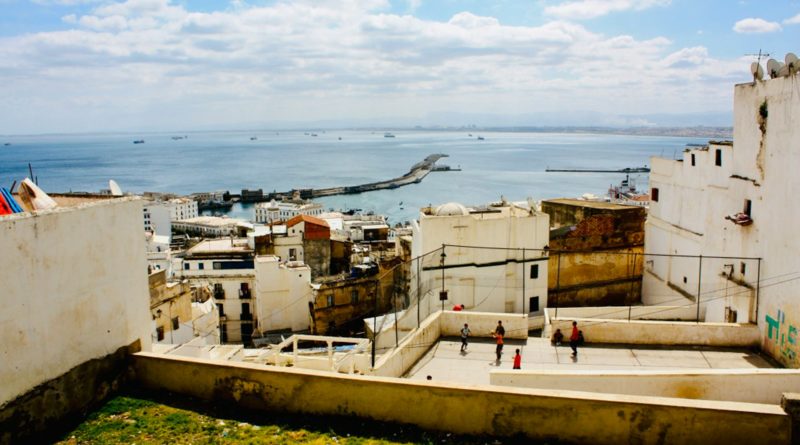The Enchanting Casbah of Algiers
Nestled on the Mediterranean coast, Algiers, the capital city of Algeria, boasts a rich tapestry of history and culture. At the heart of this vibrant metropolis lies the Casbah of Algiers, a UNESCO World Heritage site and a testament to the city’s enduring legacy. In this article, we delve into the enchanting Casbah, exploring its historical significance, architectural marvels, and the vibrant culture that continues to thrive within its narrow winding streets.
Historical Background:
The Casbah of Algiers stands as a living testament to centuries of history, having witnessed the rise and fall of empires, colonial rule, and the struggles for independence. The origins of the Casbah can be traced back to the 16th century when it was established as a fortress to protect the city from invading forces. Over the years, it evolved into a bustling urban center, becoming a melting pot of various cultures and influences.
Architectural Marvels:
One of the most captivating aspects of the Casbah is its distinctive architecture, characterized by narrow labyrinthine streets, traditional white-washed buildings adorned with colorful tiles, and intricately designed doorways. The structures within the Casbah reflect a harmonious blend of Moorish, Ottoman, and Andalusian architectural styles, showcasing the cultural diversity that has shaped Algeria’s history.
The Kasbah’s skyline is dominated by the iconic minarets of mosques, such as the Ketchaoua Mosque and the El Djedid Mosque, both of which stand as architectural masterpieces. The Kasbah’s layout, with its interconnected alleys and staircases, creates a sense of mystery and intrigue, inviting visitors to explore its hidden corners and discover the secrets held within its ancient walls.
Preservation Efforts:
In recent years, there has been a concerted effort to preserve and restore the Casbah, recognizing its cultural and historical significance. UNESCO designated the Casbah of Algiers as a World Heritage site in 1992, acknowledging its unique value and the need to safeguard its architectural treasures. The restoration projects aim not only to preserve the physical structures but also to revitalize the community that calls the Casbah home.
Living Culture:
Beyond its architectural splendor, the Casbah is a vibrant hub of cultural activity. As visitors wander through the narrow streets, they encounter traditional markets, known as souks, where local artisans and merchants showcase their crafts. The aroma of spices, the vibrant colors of textiles, and the rhythmic sounds of street musicians create a sensory experience that immerses visitors in the rich tapestry of Algerian culture.
The Casbah is also home to various museums, including the National Museum of Popular Arts and Traditions, which offers insight into the daily lives of Algerians through exhibits of traditional clothing, crafts, and artifacts. These cultural institutions play a crucial role in preserving the heritage of the Casbah and educating both locals and tourists about its historical significance.
Challenges and Opportunities:
While the preservation efforts have made significant strides, the Casbah faces various challenges, including the need for ongoing maintenance, infrastructure improvements, and sustainable development. Balancing the preservation of historical authenticity with the demands of modern urban life presents a delicate challenge. However, these challenges also bring opportunities for innovation and community engagement, ensuring that the Casbah remains a thriving and dynamic part of Algiers.
The Casbah of Algiers stands as a symbol of resilience, a living testament to the rich history and cultural diversity that defines Algeria. Its narrow streets, historic buildings, and vibrant atmosphere invite visitors to embark on a journey through time, exploring the echoes of centuries past. As preservation efforts continue, the Casbah remains a source of pride for Algerians, a place where history, culture, and community converge in a harmonious blend, ensuring that its legacy endures for generations to come.
Photo by Azzedine Rouichi on Unsplash

